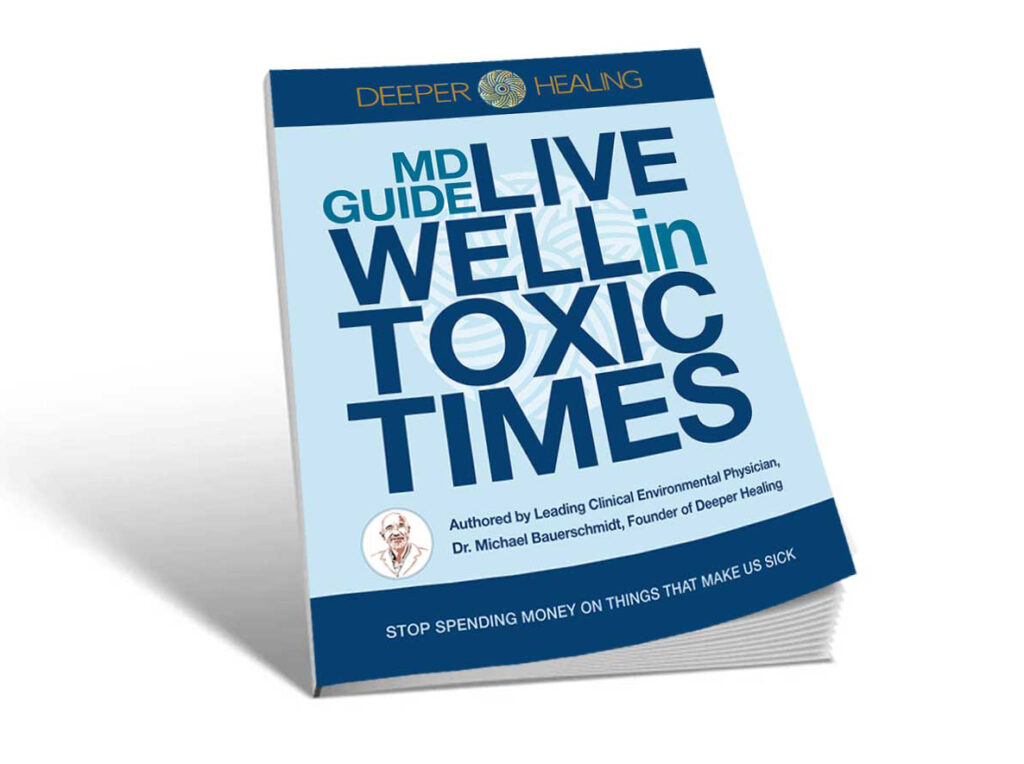“Awareness” vs Prevention
In my personal and professional life, I have lost count of the number of events that I have been asked to participate in and donate to on behalf of “Breast Cancer Awareness,” often by companies selling products that I would say contribute to breast cancer! Breast cancer represents 30% of all cancers in women. Who has not been touched by breast cancer because of a friend, relative, or loved one? Breast cancer is an equal-opportunity illness. It is the number one cause of cancer death in Hispanic women. It is the second most common cause of cancer death in white, Black, Asian, and Native American women. It touches women of all socio-economic levels.
Screening vs Early Detection
Breast Cancer Awareness month encourages screening. According to the American Cancer Society, women diagnosed with stage-one breast disease have a 100% chance of survival. So why is it that in the United States, breast cancer is still the leading cause of cancer death among women between the ages of 20 and 59 and is the leading cause of cancer death for women worldwide?
Because the most popular screening method is mammography. I don’t believe it is the best or earliest detection method available. Mammograms use ionizing radiation to look for a tumor. The tumor will be seen on the X-Ray as small clusters of calcium or a mass with a different density than the surrounding tissue. The problem is that by the time a mammogram detects a tumor, it is years into its growth cycle. Oh, and did you know that the radiation exposure of your yearly mammogram actually increases your breast cancer risk by 1-3%?
For patients with breast cancers identified in later stages, there are fewer treatment options, and the survival rates are much lower. That’s why early detection (not to mention prevention) is key. Breast self-exam is an important early detection tool. For mainstream medicine, it’s the only tool. There are a few other tools in the early detection arsenal: Breast ultrasound and breast thermography.
According to the American Cancer Society, women diagnosed with stage-one breast disease have a 100% chance of survival.
Katie Couric’s breast cancer diagnosis has shined a spotlight on breast ultrasound. Breast ultrasound is a painless and non-invasive procedure that uses sound waves to create an image of the breast tissue. The radiologist then looks for any suspicious changes or masses. For many years, breast ultrasound has been the standard of care for women with dense breast tissue. However, it wasn’t widely available because medical insurance plans only cover breast ultrasound after a mammogram and with a referral. HerScan.com is a company changing that by providing breast ultrasounds directly to women at a reasonable cash price.
Infrared Breast Thermography can see the effects of breast cancers while they are still in their earliest stages of development by identifying and measuring metabolic changes in a patient’s physiology. For cancer cells to grow faster than the surrounding tissue, they need additional blood flow. To get the additional blood flow, these cells tell the body to build new blood vessels and supply the greatest possible volume of blood from the existing blood vessels. Infrared Mammography detects the increased blood flow needed by cancer cells early in their development by measuring the additional heat radiating from the skin. If you do have an infrared breast thermogram, it’s important that a radiologist experienced with infrared thermograms reads your images.
I’m honored to be a regular speaker during the Breast Implant Health Summit. I’ll talk about a subject near and dear to my heart, the importance of cleansing after explanting because we want women to experience a full restoration of their health. –Dr. B


